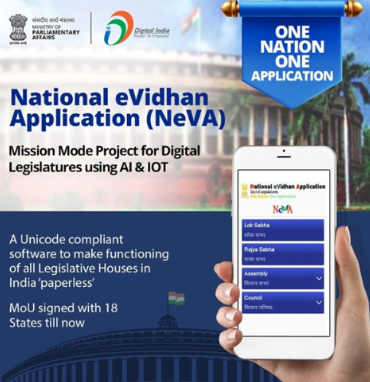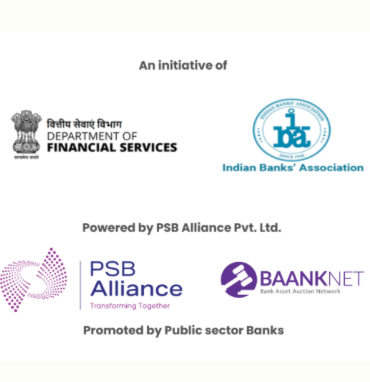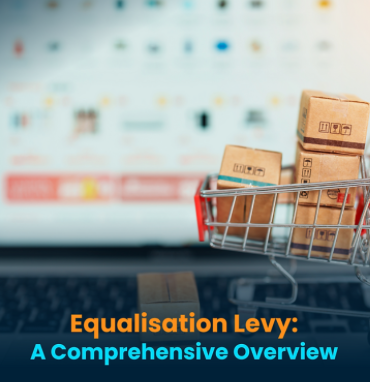Daily Current Affairs | March 25 2025
Important Topics from Current Affairs : 1) National e-Vidhan Application(NEVA) 2) BAANKNET & eBKray Platform 3) Equalisation Levy 4) Issue of Judicial Accountability 5) Unified Pension Scheme
Jumbo IAS
3/25/20255 min read
1) National e-Vidhan Application(NEVA)
Delhi Legislative Assembly has taken a significant step towards digital governance by signing an MoU between the Ministry of Parliamentary Affairs and the Government of Delhi for the implementation of the National e-Vidhan Application (NeVA).
Delhi has become the 28th legislature to join the National e-Vidhan Application platform.


About NEVA
This platform digitises House business, providing real-time access to documents, and enabling seamless coordination among legislators and secretariat staff.
Aim - Bring greater efficiency, accessibility, and sustainability to legislative process, by making entire process ‘paperless’.
Created by Ministry of Parliamentary Affairs under “One Nation, One Application” vision.
Key Features of NEVA
Device-Neutral Access: Accessible across smartphones, tablets, laptops, and desktops for seamless use anytime.
Paperless Legislature: Promotes eco-friendly governance by significantly reducing paper usage, supporting Swachh Bharat and SDG goals.
Real-Time Digital Repository: Provides instant access to legislative documents, including bills, agendas, notices, and reports with multilingual support.
Secure Cloud Infrastructure: Hosted on Meghraj 2.0 ensuring robust security, data integrity, and confidentiality.
mNeVA Mobile App & Capacity Building: User-friendly mobile app with continuous training, manuals, and video tutorials for easy adoption by legislators.
2) BAANKNET & eBKray Platform
In order to boost the sale value realised through bank e-auction, Public Sector Banks(PSBs) were requested by Department of Financial Services to redesign their e-auction platform.
The platform “e-BKray” was launched on 28th February, 2019.
In order to further streamline the listing and auctioning of assets of Banks, a revamped e-auction portal named “BAANKNET” was launched on 3rd January, 2025.


About BAANKNET
Specifically designed to enhance transparency and speed up the process of disposing of Non-Performing Asset (NPA) cases.
By leveraging state-of-the-art technology & automated KYC tools, secure payment gateways, and bank-verified property titles, the platform ensures a high level of transparency throughout the property auction process.
All 12 PSBs, and Insolvency and Bankruptcy Board of India (IBBI) are using the platform.
About Department of Financial Services
The Department of Financial Services (DFS), a key body under the Ministry of Finance, focuses on regulating and promoting various financial services, including banking, insurance, and pension reforms, with a focus on financial inclusion and stability.
Key Responsibilities and Functions : Financial Inclusion; Banking Sector Regulation; Insurance & Pension Sector Regulation; Financial Stability; Financial Literacy; Pradhan Mantri Jan Dhan Yojana etc.
Pension Fund Regulatory and Development Authority (PFRDA) and Financial Services Institutions Bureau (FSIB); operate under this department.
3) Equalisation Levy
The government on Monday proposed to abolish the Equalisation Levy or digital tax on online advertisements from April 1 2025.
These changes are part of the 59 amendments to the Finance Bill.
This will reduce the tax burden on digital ad consumers and costs on platforms like Google, X and Meta.


About this Levy
A tax imposed on non-resident digital service providers for services related to online advertisements and e-commerce transactions targeting Indian users.
Purpose - To 'equalise' the tax component of a resident e-commerce company as well as a non-resident e-commerce company.
2 Types of Equalisation Levy :
Online Ad Service - Introduced by Finance Act 2016, at rate of 6%.
E-Commerce - Introduced by Finance Act 2020, at 2%.
Key Features
Applicable on :
Payments to non-residents for online advertisements or digital ad space.
E-commerce supply of goods or services targeting Indian Residents.
Entities Exempt from Equalisation Levy :
If the non-resident has a permanent establishment in India.
Transactions below : ₹1 lakh for online advertisement services and ₹2 crore for e-commerce transactions.
Personal use transactions, not related to business.
4) Issue of Judicial Accountability
Allegations of discovery of “sacks” of half-burnt currency notes from the official premises of a Delhi High Court judge, has brought the issue of Judicial Accountability at the forefront.
Judicial Accountability - It is the principle that judges must be answerable for their conduct and decisions, ensuring they act within framework of the law and uphold the principles of justice.
Purpose - It's a fundamental requirement of any democratic system, as it ensures that the judiciary remains transparent, responsible, and free from undue influence.


Existing Provisions
Impeachment of Judges : Article 124(4)[for Supreme Court Judges] and Article 218[for High Court Judges] provide for removal of judges on grounds of proved misbehaviour or incapacity.
Judges(Inquiry) Act 1968 provides procedure for impeachment of Judges.
Articles 227 & 235 allow High Courts to supervise subordinate courts.
Internal inquiry procedures established by Higher Judiciary.
Challenges to Judicial Accountability
Complex Impeachment Process : The current impeachment process, outlined in the Indian Constitution, is cumbersome and requires a two-thirds majority in Parliament to remove a judge for "proved misbehaviour or incapacity".
Lack of robust external mechanisms to monitor judicial behaviour and ensure accountability.
Threat to Judicial Independence : Excessive accountability measures may be perceived as a threat to judicial independence, which is crucial for a fair and impartial justice.
Lack of Transparency : The judiciary operates with a high degree of opacity, particularly in the appointment and transfer of judges through the collegium system.
Other Challenges : Fear of Contempt of Court; Delays in Proceedings of Judicial Misconduct; Resignations by Judges to Avoid Proceedings; etc.
5) Unified Pension Scheme (UPS)
PFRDA has issued a gazette notification, introducing comprehensive guidelines for implementing the Unified Pension Scheme (UPS).
Starting April 1, 2025, this scheme will be available as an alternative for central government employees currently enrolled in the National Pension Scheme (NPS).


UPS: Key Features
UPS is contributory scheme where employees will be required to contribute 10% of their basic salary and dearness allowance while the employer's contribution will be 18.5%.
UPS will offer 50% of the average basic pay drawn by a Central government employee during the 12 months prior to retirement, provided they complete 25 years of service.
Employees with less than 25 years of service but more than 10 years will receive a pension on a proportionate basis.
Other Facts about UPS
UPS provides a guaranteed payout to employees upon superannuation.
A minimum payout of Rs 10,000 per month is assured for employees with 10 or more years of qualifying service.
For those who choose to retire voluntarily after 25 years of service, the payout will begin from the date they would have reached superannuation if they had continued working.
In the event of the payout holder's death after superannuation, a family payout at 60% of the payout admissible to the holder will be given to the legally wedded spouse.


